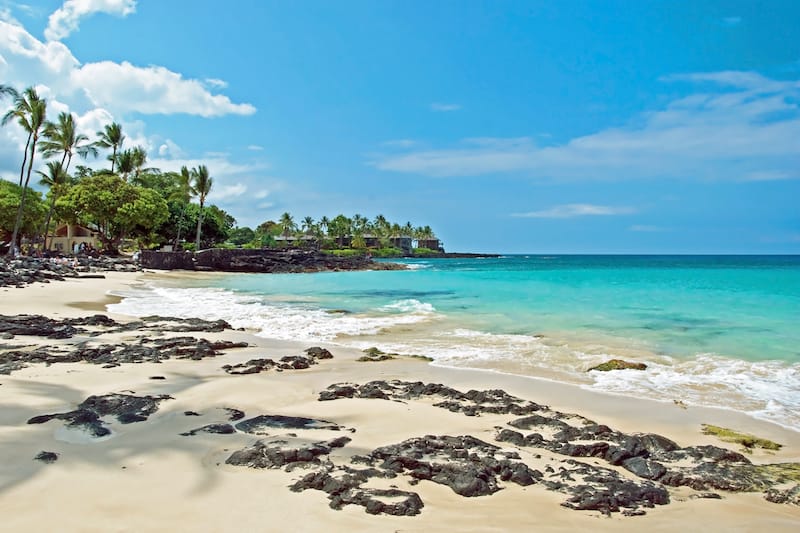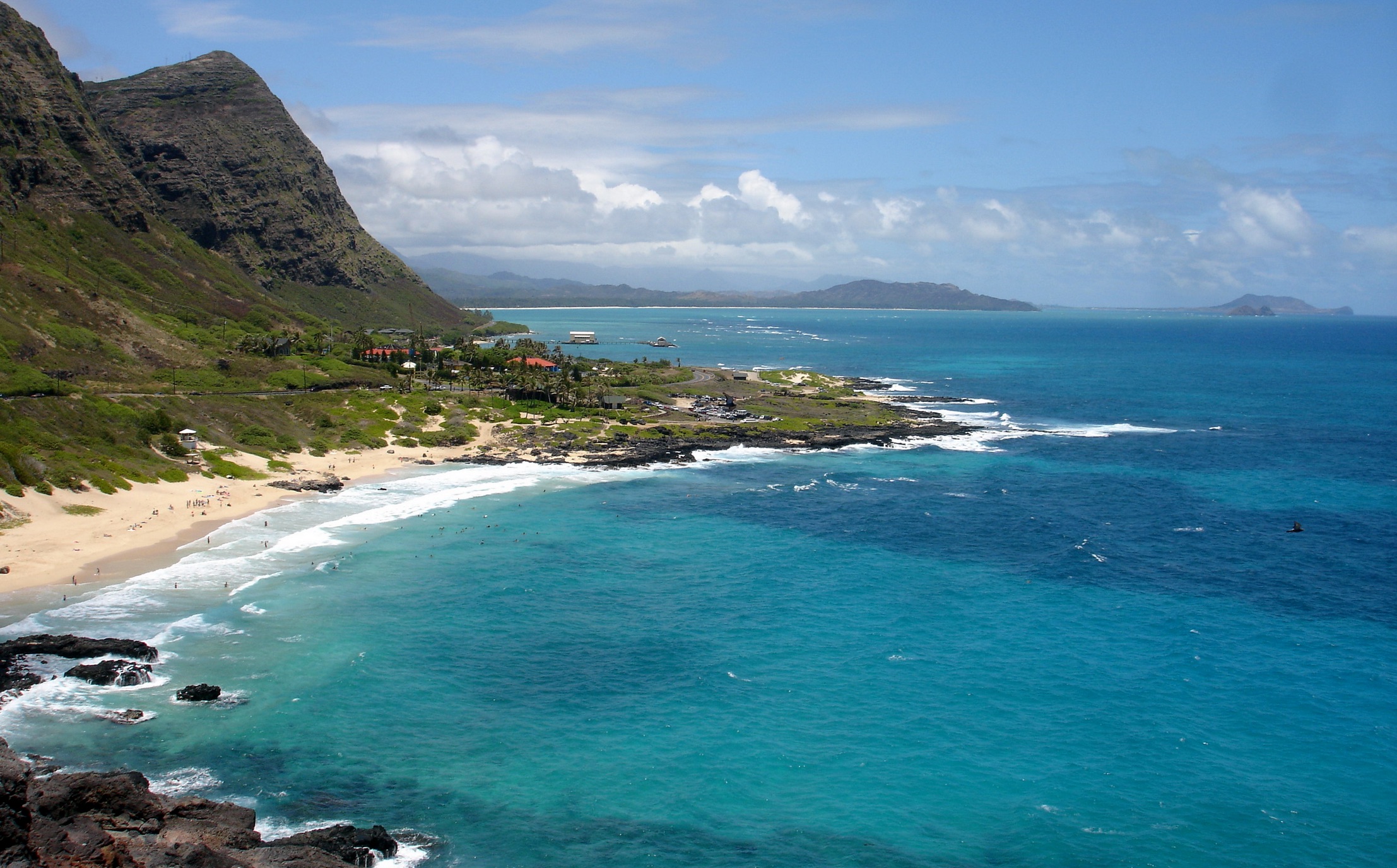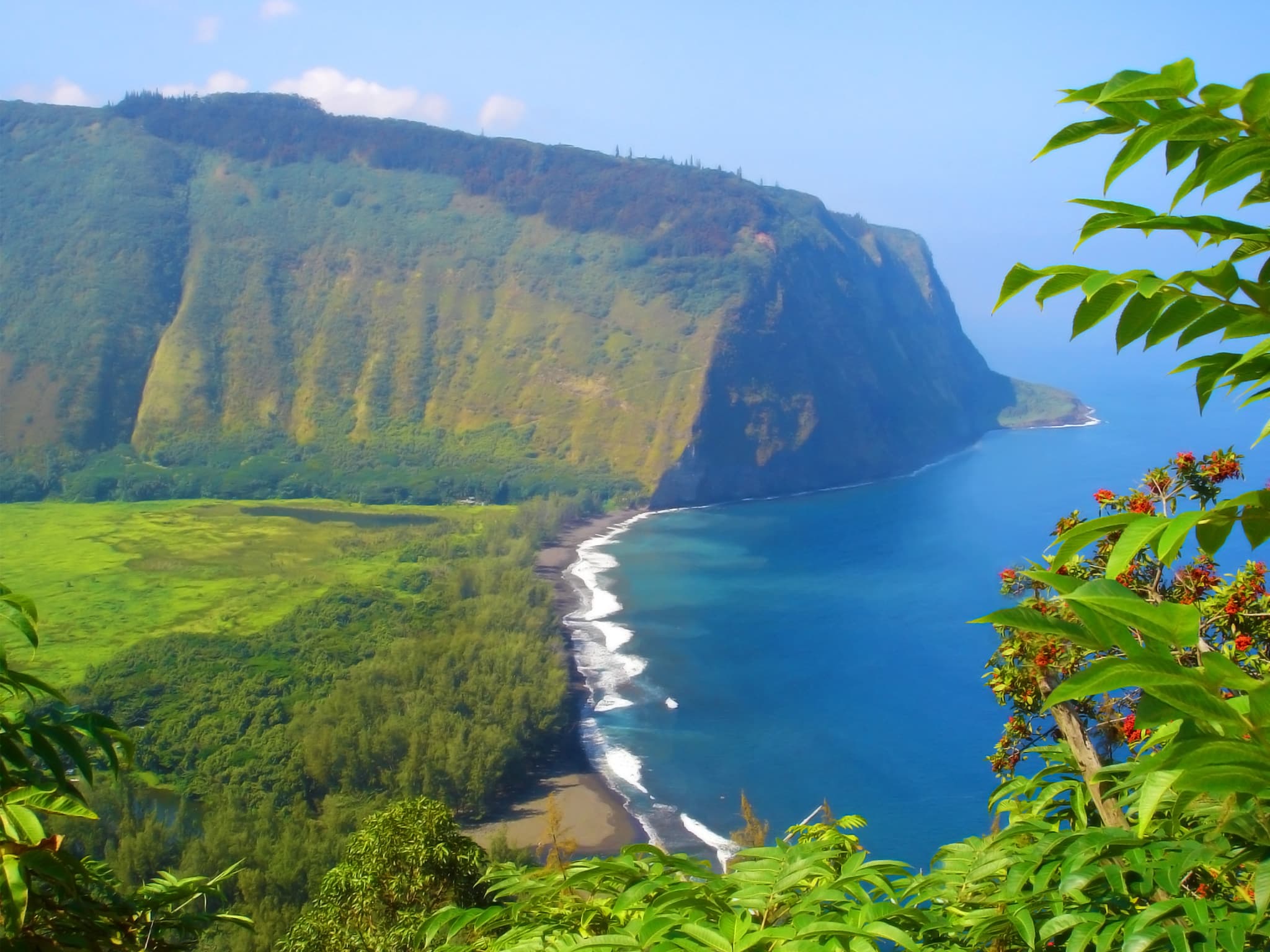Kona Coffee: A Hawaiian Treasure

Kona coffee, grown on the slopes of the Kohala and Mauna Loa volcanoes on the Big Island of Hawaii, is renowned for its exquisite flavor and unique character. This coffee, cherished for its smooth, rich, and complex taste, has captivated coffee enthusiasts worldwide.
History and Origin of Kona Coffee
The story of Kona coffee begins in the 18th century, when Arabica coffee beans were first introduced to Hawaii. The seeds, brought from the islands of Tahiti, were planted on the Kona coast, where they found a perfect environment to thrive. The region’s volcanic soil, abundant rainfall, and ideal temperatures provided the ideal conditions for coffee cultivation. The first commercial coffee plantation in Kona was established in 1828, marking the beginning of a long and illustrious history for this prized coffee.
Growing Conditions and Flavor Profile
The unique terroir of the Kona region plays a significant role in shaping the flavor profile of Kona coffee. The volcanic soil, rich in minerals and nutrients, contributes to the coffee’s exceptional acidity and complexity. The high altitude and constant trade winds provide ample sunlight and aeration, promoting even ripening of the coffee beans. The volcanic soil, abundant rainfall, and ideal temperatures provide the ideal conditions for coffee cultivation.
Kona coffee is characterized by its balanced acidity, rich body, and complex flavors. Notes of chocolate, caramel, and nuts are often present, along with hints of citrus and floral aromas. The unique combination of factors in the Kona region creates a truly exceptional coffee experience.
Comparison with Other Coffee Varieties
Kona coffee is often compared to other popular coffee varieties, such as Colombian, Ethiopian, and Sumatran coffees. Compared to Colombian coffee, which is known for its mild acidity and nutty flavor, Kona coffee exhibits a more pronounced acidity and a wider range of flavor notes. Ethiopian coffee, known for its floral and fruity aromas, shares a similar level of acidity with Kona coffee, but the latter offers a more complex and nuanced flavor profile. Sumatran coffee, known for its earthy and smoky flavors, stands in contrast to Kona coffee’s bright and balanced acidity.
Grades of Kona Coffee
The quality of Kona coffee is determined by various factors, including the size, shape, and color of the beans. Kona coffee is graded into different categories based on these criteria, with each grade representing a distinct level of quality and flavor.
| Grade | Characteristics |
|---|---|
| Extra Fancy | The highest grade, featuring perfectly formed, large, and uniformly colored beans. |
| Fancy | Beans of excellent quality, slightly smaller than Extra Fancy, with a consistent color. |
| Number 1 | Good quality beans, slightly smaller than Fancy, with some variation in color. |
| Number 2 | Beans of acceptable quality, smaller than Number 1, with more variation in color. |
Brewing the Perfect Cup of Kona Coffee
To fully appreciate the unique flavor profile of Kona coffee, it’s important to brew it correctly. Here’s a guide to brewing the perfect cup:
* Use freshly roasted beans: Kona coffee beans are best enjoyed when freshly roasted.
* Grind the beans: Use a coarse grind for French press or pour-over methods, and a medium grind for drip coffee makers.
* Use filtered water: Water quality plays a significant role in coffee flavor.
* Brew at the correct temperature: The ideal brewing temperature for Kona coffee is between 195-205 degrees Fahrenheit.
* Don’t over-extract: Over-extraction can result in a bitter taste.
* Enjoy your cup: Savor the rich, complex flavors of Kona coffee.
Exploring Kona

Kona, located on the Big Island of Hawaii, is a captivating destination that offers a diverse range of experiences for travelers. From its rich history and stunning natural beauty to its vibrant culture and delectable cuisine, Kona has something to offer every visitor.
Best Time to Visit Kona
Kona enjoys a tropical climate year-round, with average temperatures ranging from 70°F to 85°F. The best time to visit Kona is during the shoulder seasons, from April to May and September to October, when the weather is pleasant and the crowds are smaller. During these months, visitors can enjoy sunny days and mild evenings, ideal for outdoor activities.
- Spring (April-May): The weather is pleasant with lower humidity and less rainfall. It’s a good time for hiking, snorkeling, and exploring the island.
- Fall (September-October): The weather is still warm and sunny, with a slight increase in rainfall. This period offers a balance of pleasant weather and fewer crowds.
Must-Visit Spots in Kona
Kona is home to a variety of attractions, each offering a unique glimpse into the island’s history, culture, and natural beauty.
- Kealakekua Bay: A historical site where Captain Cook first landed in Hawaii in 1778. Visitors can take a boat tour to see the Captain Cook Monument and learn about the area’s rich history.
- Pu’uhonua o Honaunau National Historical Park: A place of refuge for those who broke ancient Hawaiian laws. Visitors can explore the ancient temple, fishponds, and learn about Hawaiian culture and history.
- Keauhou Shopping Center: A vibrant shopping center offering a variety of local crafts, souvenirs, and restaurants. Visitors can find unique gifts and learn about Hawaiian culture.
- Manta Ray Night Dive: An unforgettable experience where visitors can witness manta rays feeding at night. This activity is offered by several tour operators in Kona.
- Mauna Kea Observatories: Home to some of the world’s most powerful telescopes. Visitors can take a guided tour to learn about astronomy and the night sky.
- Hawaii Volcanoes National Park: Located on the Big Island, this park is a must-visit for any visitor to Hawaii. Visitors can see active volcanoes, lava flows, and stunning volcanic landscapes.
3-Day Itinerary for Kona
Here is a suggested itinerary for a 3-day trip to Kona:
Day 1: Exploring Kona Town
- Morning: Arrive at Kona International Airport (KOA) and check into your accommodation.
- Afternoon: Visit the Keauhou Shopping Center to browse local crafts and souvenirs. Enjoy lunch at a restaurant with ocean views.
- Evening: Take a sunset cruise along the Kona Coast. Enjoy dinner at a waterfront restaurant.
Day 2: Historical Sites and Beaches
- Morning: Visit Kealakekua Bay to learn about Captain Cook’s landing and the area’s rich history. Take a boat tour to see the Captain Cook Monument.
- Afternoon: Explore Pu’uhonua o Honaunau National Historical Park to learn about ancient Hawaiian culture and history. Relax on the beach at Manta Ray Bay.
- Evening: Enjoy dinner at a local restaurant specializing in Hawaiian cuisine.
Day 3: Nature and Adventure
- Morning: Go snorkeling or scuba diving at one of Kona’s many beautiful beaches. Enjoy a picnic lunch on the beach.
- Afternoon: Take a guided tour of the Mauna Kea Observatories to learn about astronomy and the night sky. Enjoy dinner at a restaurant with stunning views of the Pacific Ocean.
- Evening: Depart from Kona International Airport (KOA).
Recommended Restaurants in Kona, Kona hawaii
Kona offers a diverse culinary scene, with restaurants serving everything from traditional Hawaiian cuisine to international flavors.
- Huggo’s on the Rocks: A waterfront restaurant with stunning ocean views, serving fresh seafood and American cuisine.
- Umeke’s Fish Market Bar & Grill: A popular spot for seafood, with a casual atmosphere and a wide selection of dishes.
- The Fish Market: A fine-dining restaurant specializing in fresh seafood, with a romantic ambiance and a focus on local ingredients.
- Umeke’s on the Bay: A waterfront restaurant with stunning views of the bay, serving fresh seafood and Hawaiian cuisine.
- The Kona Inn Restaurant: A classic Hawaiian restaurant with a relaxed atmosphere, serving traditional dishes and local specialties.
Kona Culture & Lifestyle: Kona Hawaii

Kona’s cultural landscape is a captivating blend of indigenous Hawaiian heritage, modern-day life, and a welcoming spirit. This unique combination creates a distinctive atmosphere that draws visitors and residents alike to its shores. The area’s history, traditions, and artistic expressions reflect the resilience and adaptability of its people.
Indigenous Hawaiian Heritage
Kona is steeped in the rich history and traditions of the indigenous Hawaiian people. The area was once home to thriving Hawaiian communities, with a strong connection to the land and the sea. The Hawaiian language, customs, and values are still evident in the daily life of many Kona residents.
Local Traditions and Festivals
Kona celebrates its heritage through various traditional festivals and events throughout the year. The most prominent among these is the Merrie Monarch Festival, a week-long celebration of Hawaiian culture, held annually in Hilo, the largest city on the Big Island. The festival features hula competitions, traditional music, and crafts. Other notable festivals include the Kona Coffee Cultural Festival, which celebrates the region’s world-renowned coffee, and the King Kamehameha Day celebration, commemorating the unification of the Hawaiian islands.
Art Scene in Kona
Kona has a vibrant art scene, with numerous galleries showcasing the work of local and international artists. The area is known for its unique blend of traditional Hawaiian art forms and contemporary styles. Renowned artists, such as the late Hawaiian painter, Herb Kane, have left an indelible mark on the Kona art scene. The Kona Art Gallery, located in the heart of Kailua-Kona, is a popular destination for art enthusiasts. The gallery features a diverse collection of paintings, sculptures, and other works by local and international artists.
Daily Life in Kona
Kona residents value a laid-back lifestyle, characterized by a strong sense of community, respect for nature, and a deep appreciation for the island’s beauty. The area’s slower pace of life and relaxed atmosphere attract many who seek a change from the hustle and bustle of city life. Residents often enjoy outdoor activities, such as swimming, surfing, hiking, and fishing. The local community is close-knit, with residents often participating in community events and supporting local businesses.
Accommodation Options in Kona
| Accommodation Type | Description | Examples |
|---|---|---|
| Hotels | Offer a wide range of amenities and services, from basic accommodations to luxury suites. | The Sheraton Kona Resort & Spa at Keauhou Bay, the Hilton Waikoloa Village |
| Resorts | Provide a more immersive experience with amenities like pools, restaurants, and activities. | The Four Seasons Resort Hualalai, the Mauna Kea Beach Hotel |
| Vacation Rentals | Offer a more private and home-like experience, often with kitchens and laundry facilities. | Airbnb, VRBO |
Kona Hawaii, the land of volcanic beaches and endless sunshine, is a place I dream of visiting. Imagine, sipping a Mai Tai while watching the sunset over the Pacific, then hopping on a plane to Seattle, where you can check out the Alaska Airlines company store for some sweet travel gear.
Maybe snag a hoodie with their iconic logo, then head back to Kona, fully equipped for another day of paradise.
Kona Hawaii, man, it’s the ultimate chill spot. Surfing, snorkeling, volcanoes – you name it. But how do you get there? Well, you fly into ogg airport , the gateway to Kona’s paradise. Once you’re there, forget your worries and embrace the aloha spirit.
You’ll be thanking your lucky stars you booked that trip to Kona.
